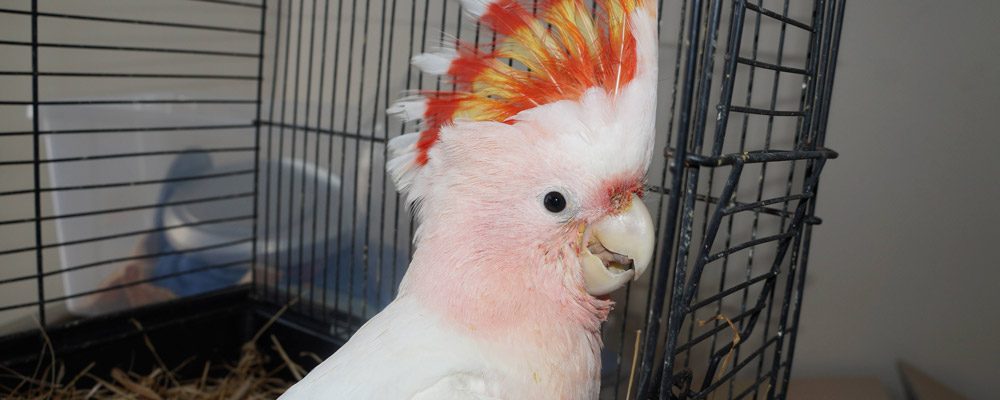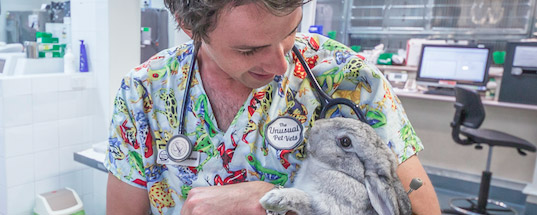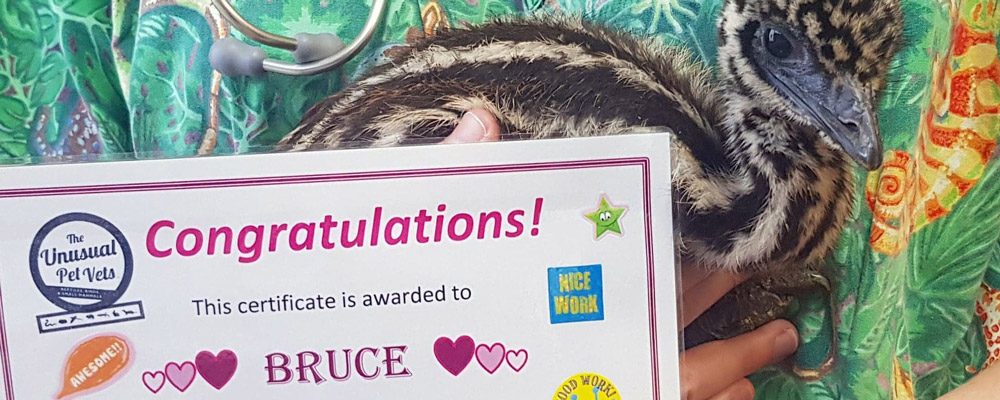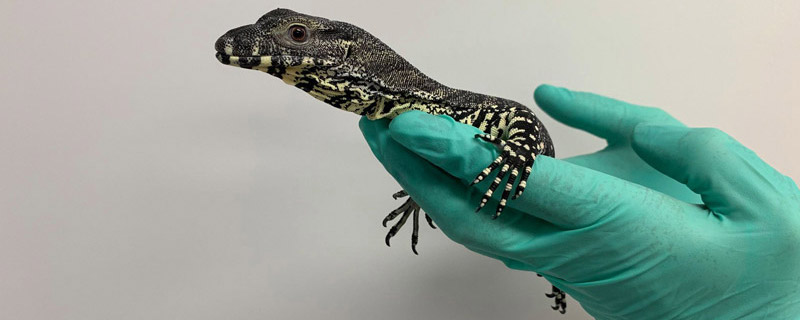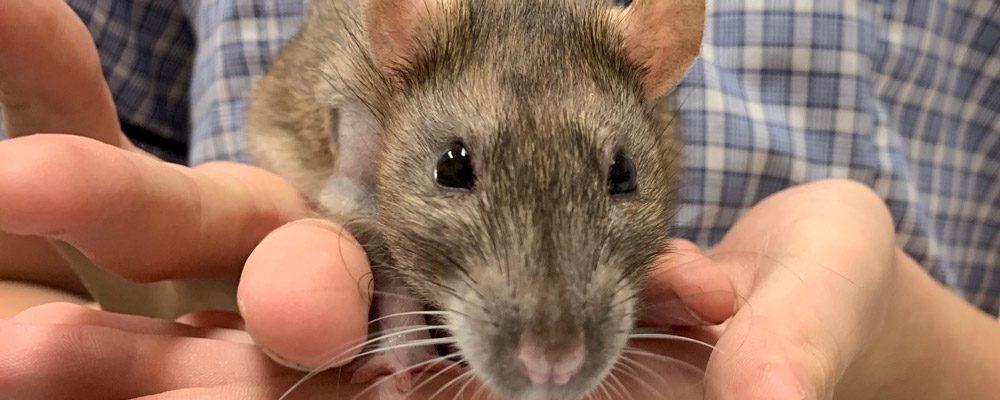How do I tell the gender of my pet bird? Why is it important to know the sex of a pet bird? Many of our clients come to us with these questions and concerns, so we decided to dedicate a blog to this topic to help you learn about the best methods for identifying your pet bird's gender and why this can be helpful knowledge to have.
Dr James Haberfield from the Unusual Pet Vets Peninsula writes honestly about the cost of exotic veterinary care and the impact that some client actions can have on the people who work in the veterinary profession.
This is a story of two orange velvet lop twins who are very much loved by our whole team. They recently presented to our Balcatta team as they were both showing signs of bilateral ear infections.
Rogue is a juvenile lace monitor that presented with a severe case of Nutritional Secondary Hyperparathyroidism, also known as Nutritional Metabolic Bone Disease (MBD). Rogue had a reduced appetite and was having trouble with hind leg movement. Rogue also had a classic symptom of MBD known as ‘rubber jaw’ which occurs when the calcium stores within the bones are so depleted that they become 'rubbery'.
Desexing, also known as sterilisation, is the term commonly used for when pets have a surgery to remove part of their reproductive tract, making them unable to breed.
Whilst most cats and dogs are sterilised, the procedure is often overlooked in small pet mammals, such as rabbits, guinea pigs, ferrets and rats.
This article discusses the advantages of de...
